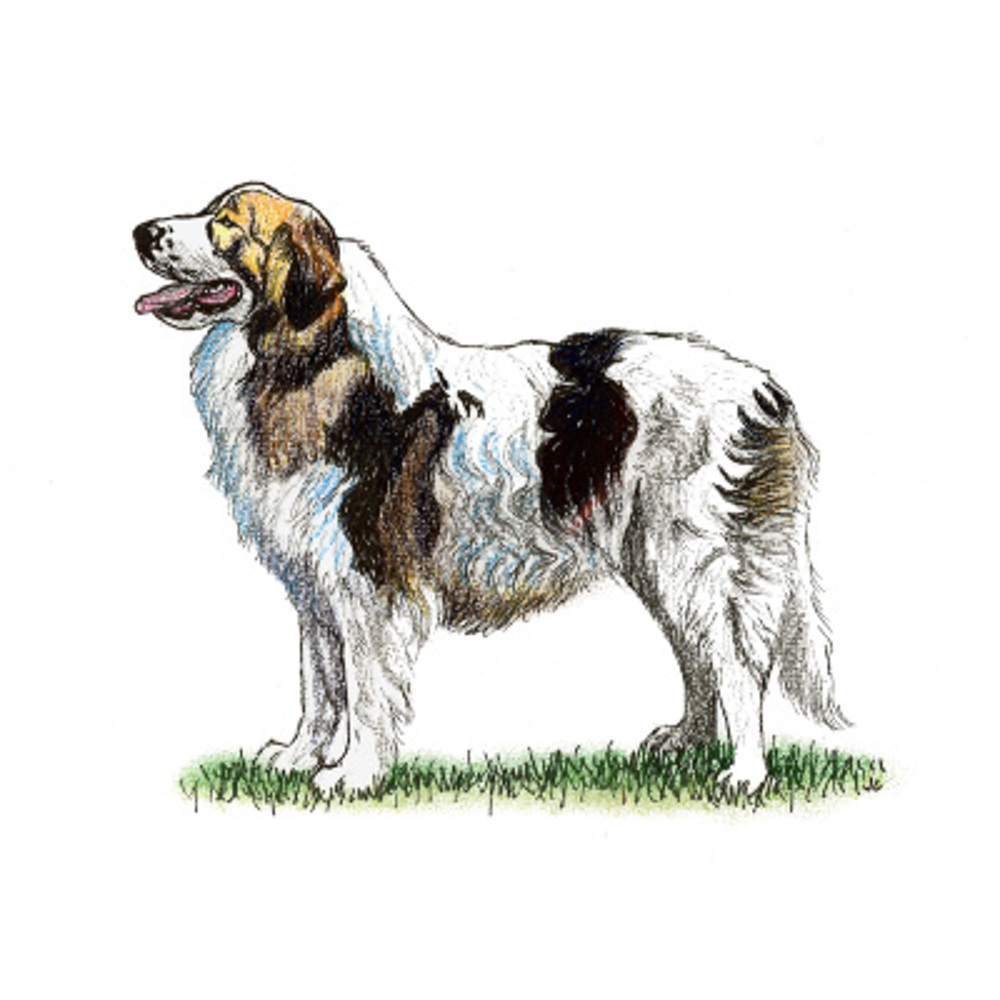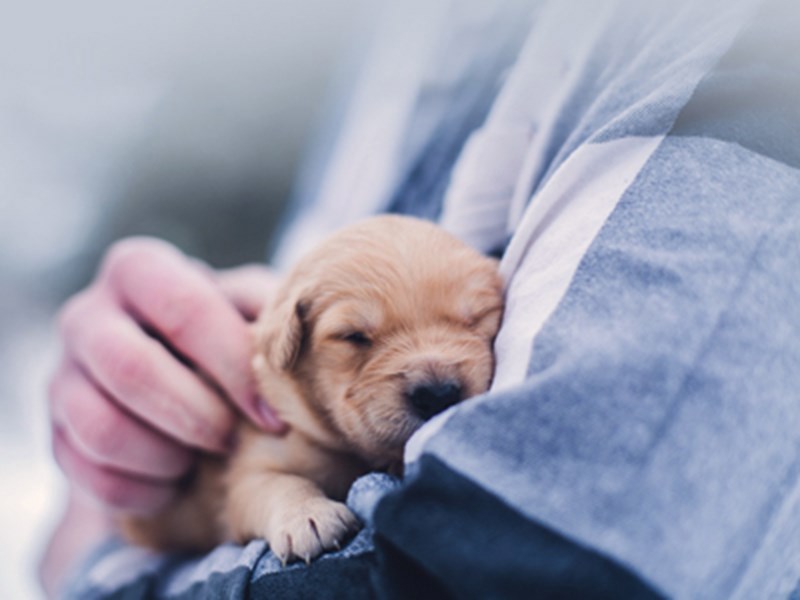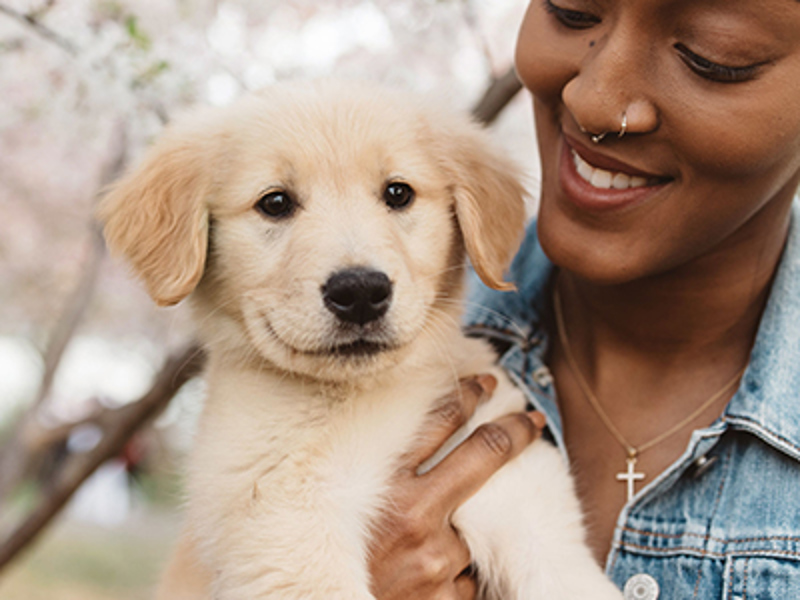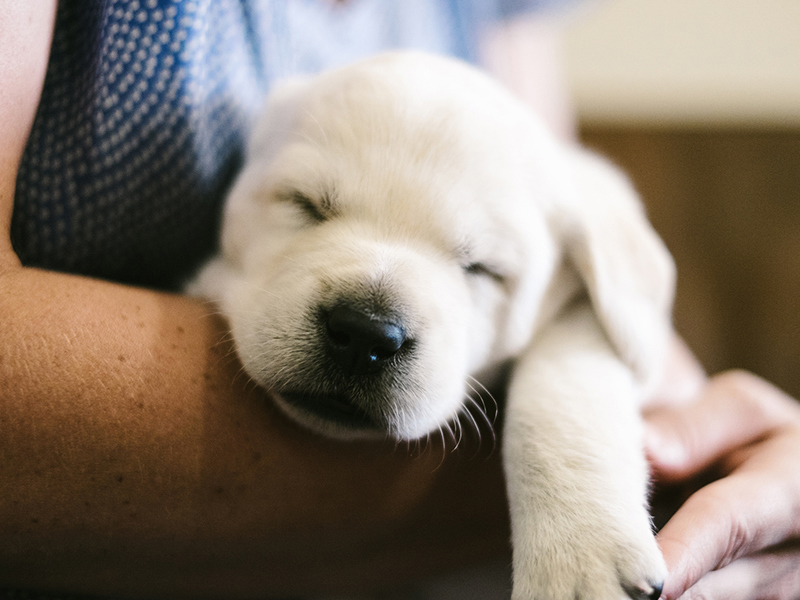
Pyrenean Mastiff (Imp)
Breed characteristics
- Size
- Large
- Exercise
- Up to 1 hour per day
- Size of home
- Large house
- Grooming
- Every day
- Coat length
- Medium
- Sheds
- Yes
- Lifespan
- Under 10 years
- Vulnerable native breed
- No
- Town or country
- Either
- Size of garden
- Large garden
About this breed
The Pyrenean Mastiff was once known as the Navarra Mastiff as it was developed in the Pyrenean region between Aragon and Navarra. The breed is of the Molosser family and has always been used as a flock guardian, protecting their herds from predators such as the wolf and bear. To give it some protection in its work, the Pyrenean Mastiff would often wear a heavy spiked collar to protect its neck and throat from assailants.
Like all of the Mollosoid breeds, the Pyrenean Mastiff is large and powerful. Ideal height for males is 81 cm (32 in) with bitches standing around 73.5 cm (29 in). He should be strong, rustic and powerful, with strong bone, deep chest and a large strong head and wide, deep muzzle. The strong neck is protected by loose skin and double dewlaps. The coat is thick, abundant and coarse in texture. The coat colours most frequently seen are white with gold, grey or badger markings on head, ears and neck. The main body colour should always be white. Sometimes colour may be found on the hindquarters.
The Pyrenean Mastiff is remarkably light on his feet for his size. The tail is carried low, and can curl at the tips and should never be carried above the level of the back. He is calm in temperament but can be aggressive when doing the job for which he was bred. Wonderfully loyal to his master and family he had adapted well to modern life and his role of guardian of the home.
Images for this breed
The Working breed group
Over the centuries these dogs were selectively bred to become guards and search and rescue dogs. Arguably, the working group consists of some of the most heroic canines in the world, aiding humans in many walks of life, including the Boxer, Great Dane and St. Bernard. This group consists of the real specialists in their field who excel in their line of work.
Colour Watch
Category 0: Breeds with no NBS colour registration options.
Read more about Colour Watch.
Breed Standard colours
Breed standard colour means that the colour is accepted within the breed standard and is a traditional and well-known colour in this breed.
Breed standard colours in this breed include:
- Grey & White
- White Grey & Sand
Other colour/s
'Other' means you consider your puppy to be a colour not currently known within the breed and one that does not appear on either the breed standard or non-breed standard list. In this instance you would be directed through our registrations process to contact a breed club and/or council to support you on identifying and correctly listing the new colour.
Non-breed standard colours
Non-breed standard colour means that the colour is not accepted within the breed standard and whilst some dogs within the breed may be this colour it is advised to only select a dog that fits within the breed standards for all points.
Colour is only one consideration when picking a breed or individual dog, health and temperament should always be a priority over colour.
Health
Whether you're considering buying a Pyrenean Mastiff puppy or breeding from your dog, it's important to understand the health issues that may affect the breed and how they can be managed or avoided.
DNA testing services
We don’t currently offer a breed-specific DNA testing package for this breed, but we have a wide selection of individual DNA tests available. To find out more and view our full selection, click here.
Breed health & conservation plan
The Breed Health and Conservation Plans
Our breed health and conservations plans (BHCPs) use evidence and data to help us understand the health issues found in each pedigree dog breed. These plans help breeders and owners identify health and welfare problems and use information, health tests and health schemes to avoid passing on those problems to future puppies. They also support and provide breeders with tools and specialist expertise to help manage genetic diversity, understand the impacts of close breeding, and find the best ways to preserve the population of their breed.
Working together for the breed
We’ve worked with breed clubs and breed representatives to gather all available evidence to help us determine the priority concerns for the breed and decide how we can work together to manage and reduce these problems.
The full evidence base is available at the discretion of the breed clubs, however if you would like to seek access to the full report, please contact our health team.
More about health
Have any questions about health in your breed?
If you have any concerns about a particular health condition in your breed then you may wish to speak to your vet or you could contact your breed health co-ordinator.
Breed health co-ordinators are individuals working on behalf of breed clubs and councils who are advocates for the health and welfare of their chosen breed. They acts as a spokesperson on matters of health and will collaborate with The Kennel Club on any health concerns the breed may have.
To contact your breed health co-ordinator please email
Health (The Kennel Club)
There are not currently any additional breed specific restrictions in place for this breed.
Breed watch
Category 1
Currently no points of concern specific to this breed have been identified for special attention by judges, other than those covered routinely by The Kennel Club breed standard.
Breeding restrictions
There are a number of The Kennel Club's rules and regulations that may prevent a litter from being registered, find out about our general and breed specific breeding restrictions below.
More about breeding
There are not currently any additional breed specific restrictions in place for this breed.
Looking for a puppy?
Looking for a Pyrenean Mastiff (Imp)? Explore our list of puppies and rescue dogs for sale near you.
More information

Need to find out more about a breed?
Use our Find a Club service where you can locate breed clubs that can offer support and advice.

Use our Find a Puppy service
The Kennel Club's Find a Puppy service provides contact details for breeders who have puppies available. Let's help you find your new best friend.

Get the best lifetime pet insurance
At Kennel Club Pet Insurance, we want you to focus on getting the best possible treatment for your dog without worrying about the cost.
